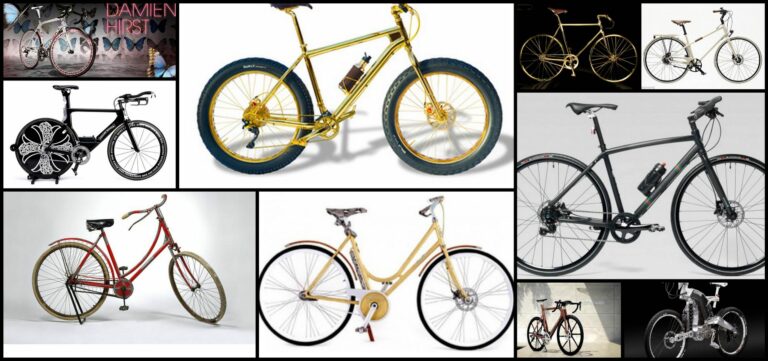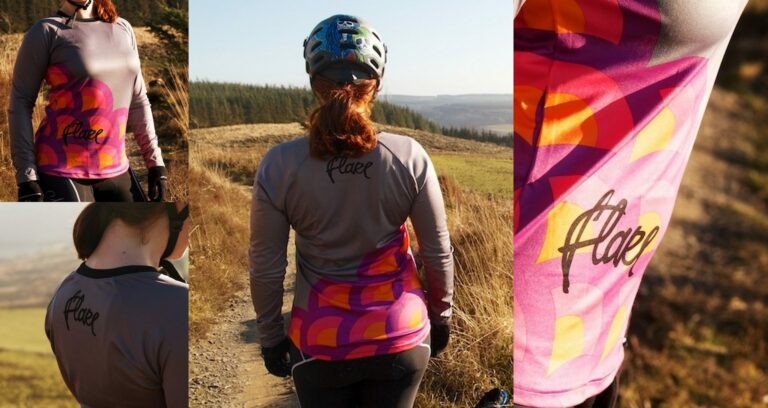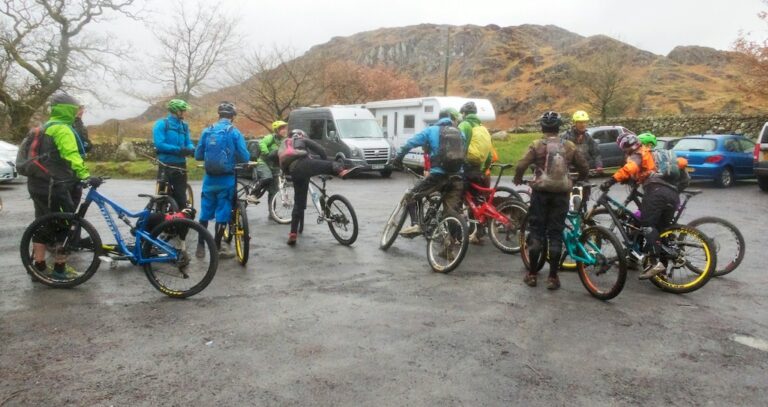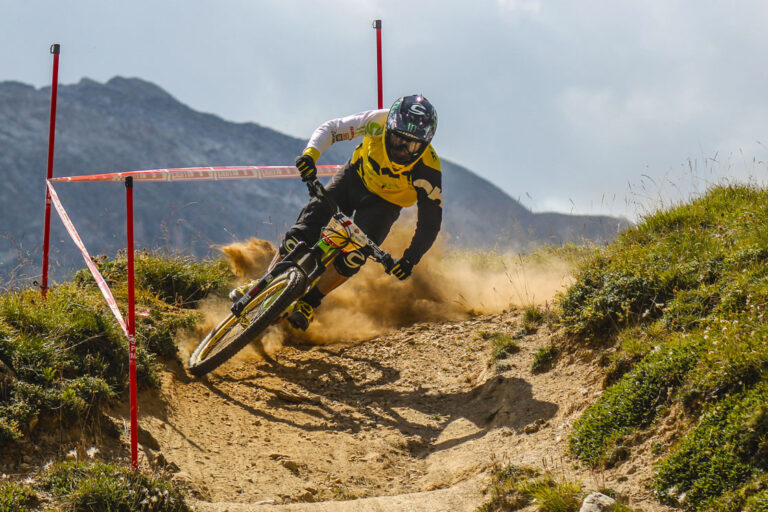
Hardtail mountain bikes at the lower price range, up to about £300, will have rim brakes. These are similar to the brakes on the majority of road and commuter bikes, consisting of two rubber brake blocks that clench onto the wheel rims to slow the bike down.
From £300 upwards, hardtail mountain bikes will have disc brakes. These consist of a brake rotor that attaches to the wheel hubs, and a brake calliper with two brake pads. The brake pads clench against the rotor to slow the bike.
There are several advantages to disc brakes over rim brakes. Firstly, they have a much stronger braking effect, slowing and stopping the bike much more rapidly. Secondly, they have can have a more gradual effect, allowing you to subtly change the pressure on the brake, which gives much greater control while navigating trail obstacles. Thirdly, they work much better in wet and muddy conditions than rim brakes.
From £300 to £600 expect mechanical disc brakes. These work using a cable that goes from the brake lever on the handlebars down to the brakes themselves. The cable can stretch over time, and dirt and grit can build up in the cable housing, so will need maintenance regularly, depending on use.
From £600 upwards expect hydraulic disc brakes. These use an enclosed fluid to operate the brakes. As this is an enclosed system, it requires much more maintenance than the mechanical system, and also gives more subtle adjustable brake control.





